Berkeley Audio Design Alpha DAC Reference Series 3 Digital to Analog Convertor
$40,000.00
-
Free Shipping
-
The Alpha DAC Reference Series 3 contains breakthrough technology that redefines the potential of digital audio quality. Experienced industry listeners who have heard the Alpha DAC Reference Series 3 are unanimous in their praise, saying that the Reference Series 3 clearly outperforms any other DAC they have heard, including those with six figure retail prices, and even the much admired DAC portion of the Pacific Microsonics Model 2 studio ADC/DAC. In addition to its unprecedented PCM audio quality, the Alpha DAC Reference Series 3 also features MQA Rendering of unequaled audio quality.
Manufacturing each Alpha DAC Reference Series 3 to its full performance potential required development of a new hyper-accurate test and alignment procedure that is unique in the industry. This new test and alignment procedure allows extremely precise and repeatable production of the Alpha DAC Reference Series 3.
The original Alpha DAC Reference Series was a breakthrough product that reduced noise, particularly in the time domain, to levels significantly lower than any audio D to A converter previously available. The result was an immediacy and presence of music reproduction that was closer to the microphone feed than ever before. The unprecedented resolution of the original Alpha DAC Reference Series allowed and demanded further development and perfection of digital algorithms and analog circuitry that otherwise would not have been possible.
Now, the unmatched time domain resolution, low noise digital processing and highly accurate analog circuitry of the Berkeley Audio Design Alpha DAC Reference Series 3 combine to provide unprecedented audio quality with all PCM and MQA recordings.
The presence and sonic reality of the Reference Series 3 is also made possible by tremendous electrical and mechanical noise isolation coupled with extreme time domain stability. Ceramic aerospace circuit board materials are used in all critical areas and the enclosure is carefully engineered to minimize electrical noise and maximize mechanical and thermal stability. The Reference Series 3 weighs 30 pounds and the entire enclosure is precision machined from solid billet 6061-T6 aluminum alloy.
A high output metal IR remote control with direct input source selection is provided with the Reference Series 3.
Careful consideration was also given to providing the highest possible fidelity reproduction of DSD files by the Alpha DAC Reference Series 3. 99+% of modern DAC’s, including the Alpha DAC Reference Series 3, use multi-bit D/A converters because they provide better performance than 1-bit converters – even DAC’s who advertise “native” DSD compatibility. So, at some point, the 1-bit DSD stream must be converted to multi-bit for all of those DAC’s.
We could, like many other manufacturers, convert 1-bit DSD to multi-bit within the Alpha DAC Reference Series 3 and show “DSD” in the front panel display. That would be the easiest approach from a marketing standpoint and would also be very simple and low in cost to implement. But that approach would also mean increasing the amount of processing in the DAC during playback which would degrade audio quality, and audio quality is the reason the Alpha DAC Reference Series 3 exists.
Virtually all reproduction of DSD files using external DAC’s is with a computer based music server as the source. If 1-bit DSD to multi-bit conversion is done first in the computer it can be performed with extremely high precision and superior filtering that preserves all of the content of the DSD file. Computer DSD to multi-bit conversion can be at least as good as that performed in a DAC and without adding processing noise near or in the D/A converter chip. Also, conversion of DSD to 176.4 kHz, 24 bit AIFF or WAV files can be done ahead of time using a software application such as JRiver Media Center resulting in no conversion processing occurring during playback. Another advantage of computer based DSD to PCM conversion is that if higher performance DSD versions such as DSD 4X appear in the future, they can be easily supported with a software upgrade.


Features & Specifications
-
Input sampling rate: 32kHz to 192kHz
-
Input word length: 24-bit
-
Ultra low phase noise Precision Clocking at 44.1kHz, 48kHz, 88.2kHz, 96kHz, 176.4kHz and 192kHz sampling rates ± 100 ppm
-
Two channel analog stereo outputs: XLR balanced with pin 2 positive and RCA unbalanced
-
Digital Inputs: AES – XLR, 110Ω; SPDIF1 – BNC, 75Ω; SPDIF2 – BNC, 75Ω; TOSLINK – Toslink optical connector
-
MQA rendering automatically detects MQA Core decoded signals and performs MQA rendering to 384kHz and above
-
HDCD decoding detects 16-bit flag at 44.1kHz or 24-bit flag at all sampling rates
-
Multiple digital filter options
-
Balanced analog output level: +18dBu (6.15Vrms) maximum, +12dBu (3.1Vrms) or lower recommended
-
Unbalanced analog output level: 3.25Vrms maximum, 2Vrms or lower recommended
-
Digital volume & balance control: 0.1dB/step with .05dB/step L/R gain trim, 60dB range
-
Frequency response at ≥ 88.2kHz sampling rates: ± 0.1dB from < 0.1Hz to 35 kHz, – 3dB at 59kHz for 176.4kHz and 192kHz sampling rates
-
Distortion at recommended levels: all products ≤ -120dBFS
-
THD+N at maximum level: < -110dBFS
-
Firmware is upgradeable through signal inputs
-
Enclosure dimensions: 3.5”H X 17.5”W x 12.5”D
-
Weight: 30 lbs.
-
Mains power: 100/120/240VAC, 50/60Hz
-
Power consumption: 25W
Reviews
There are no reviews yet.
You must be logged in to post a review.
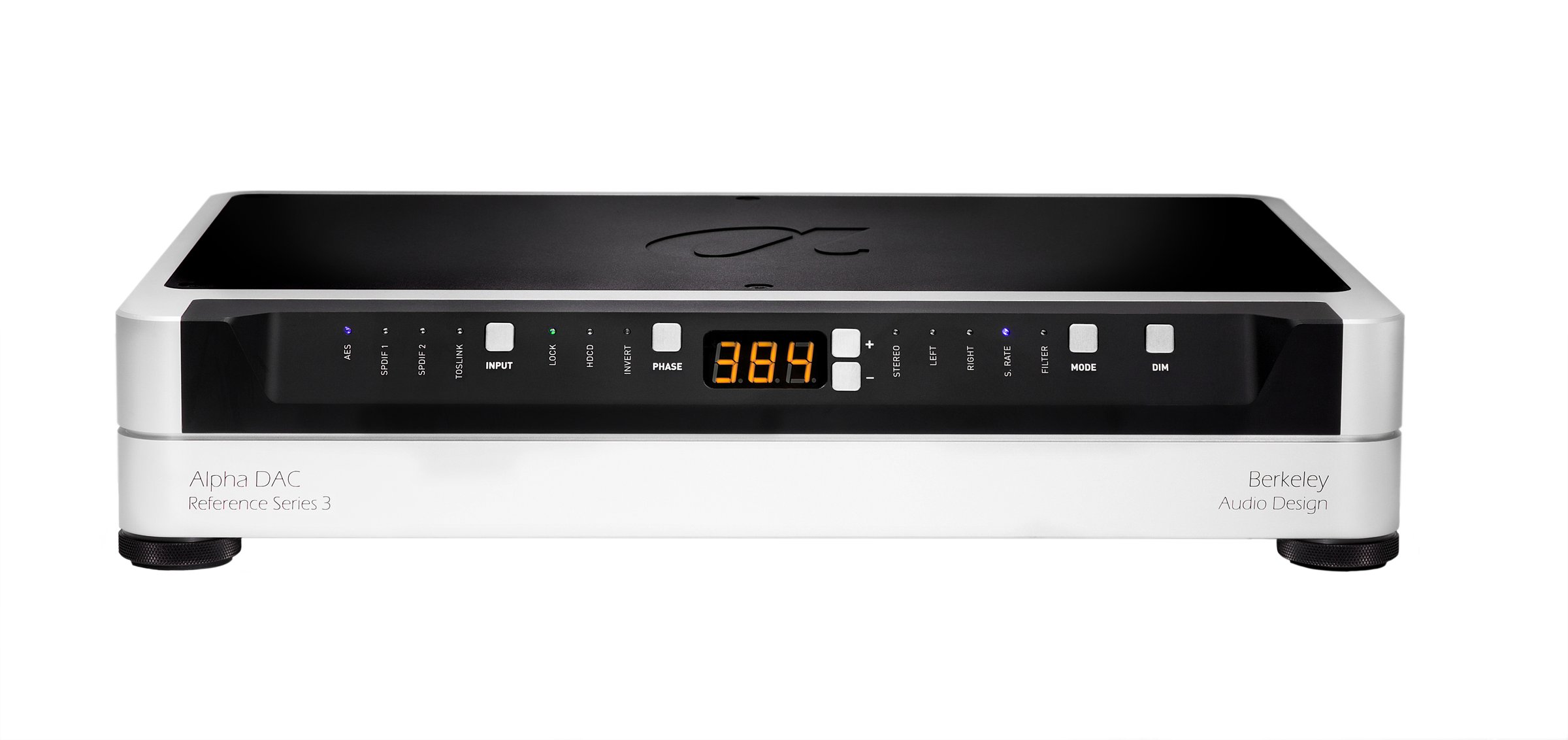
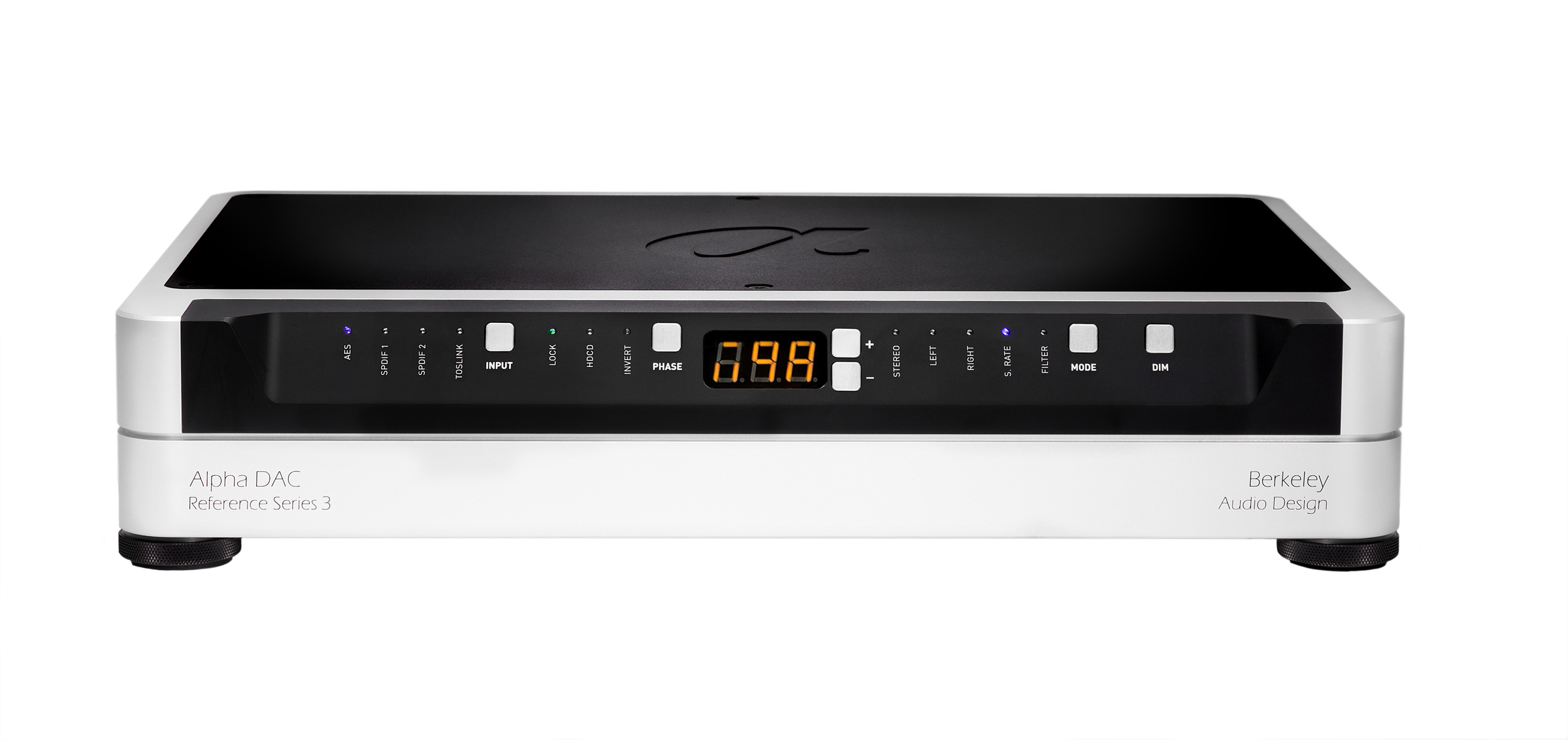
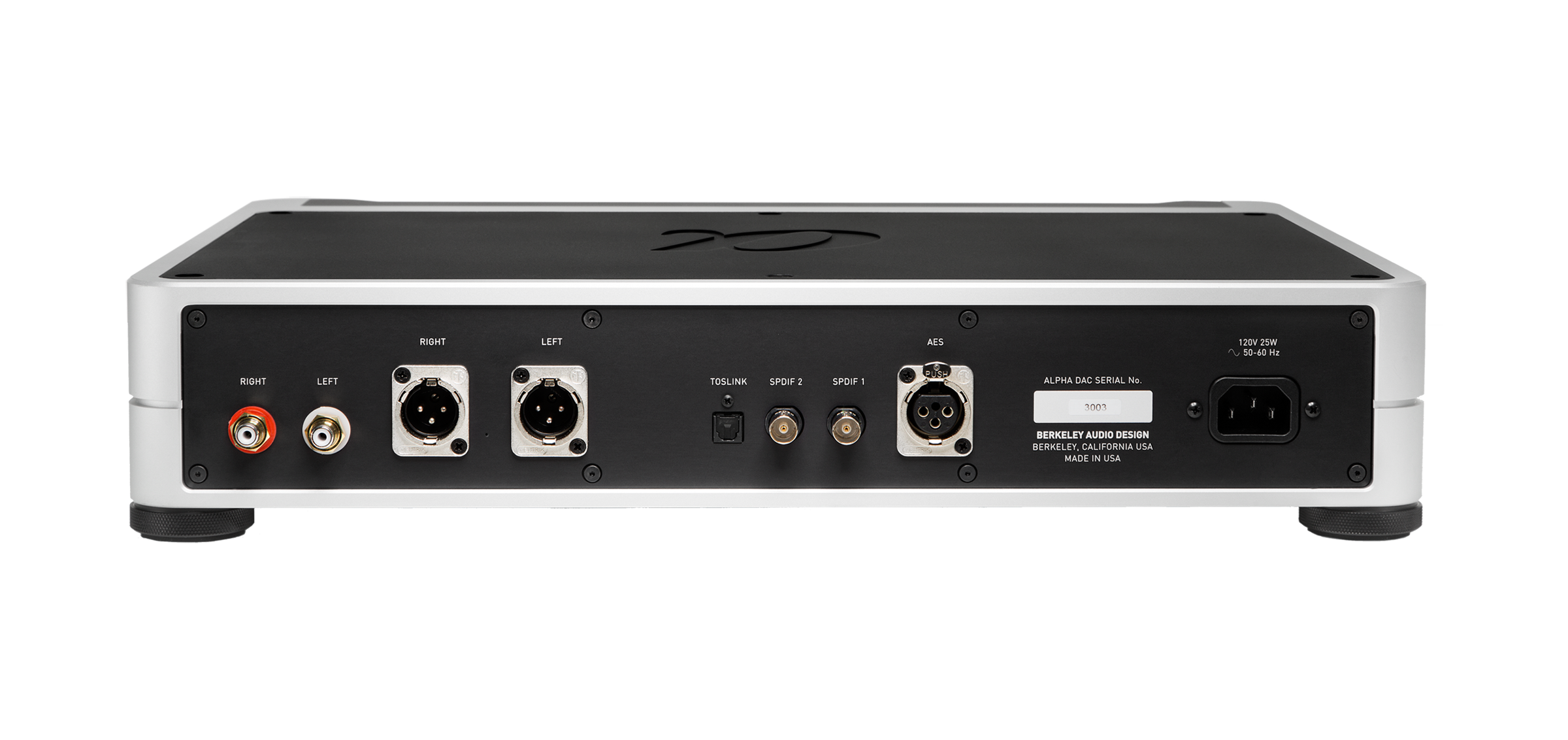
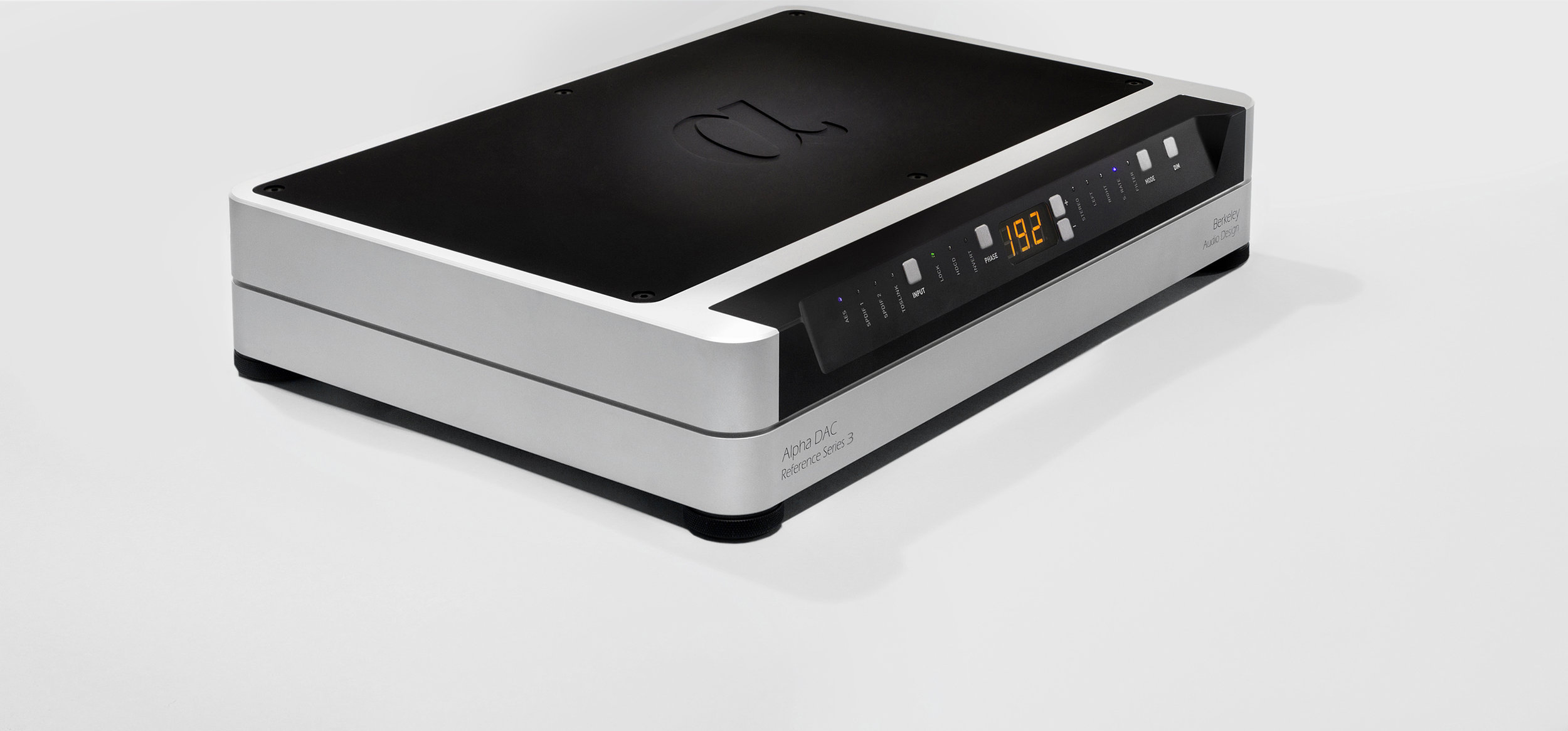
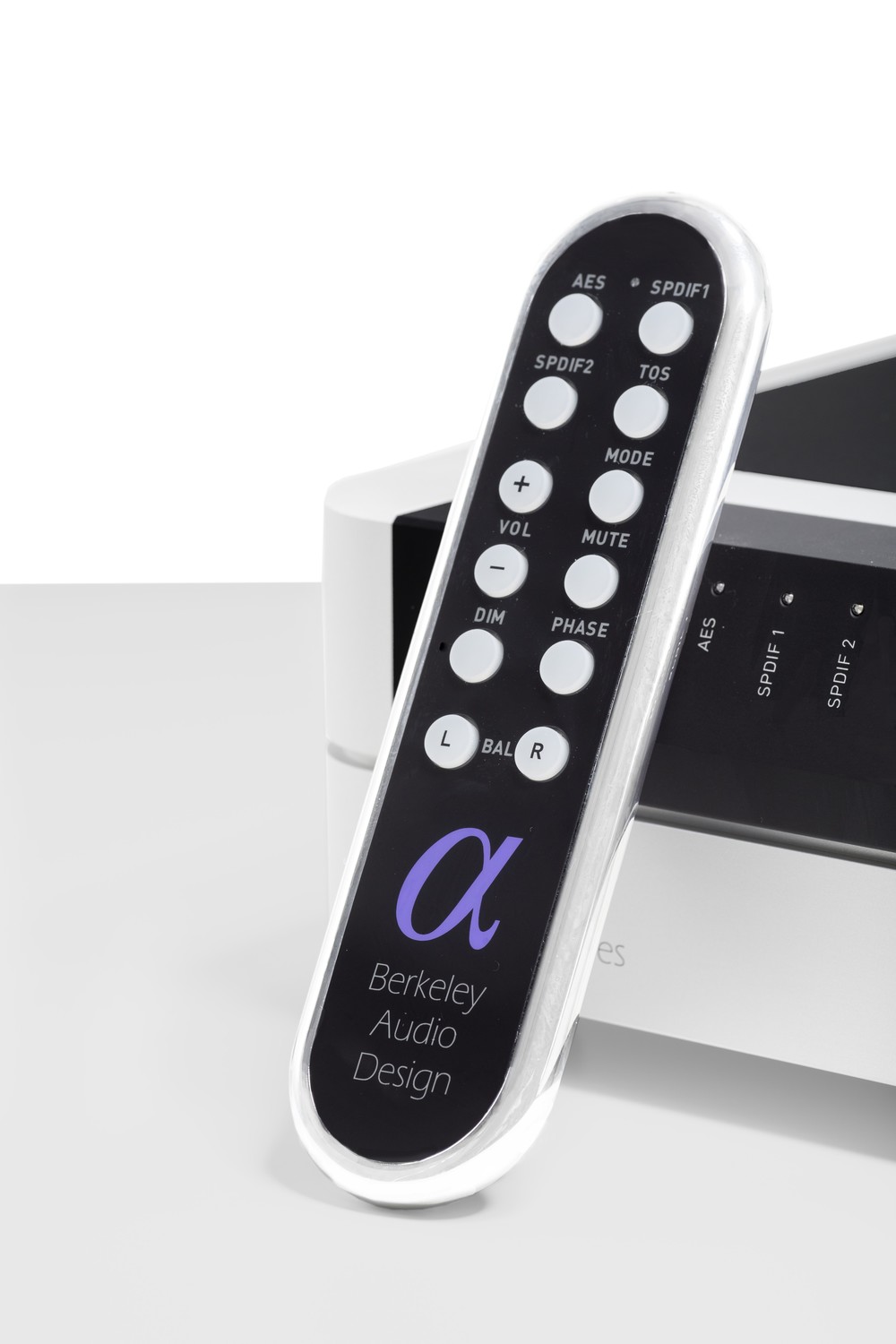

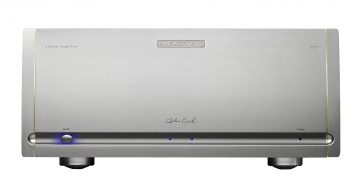
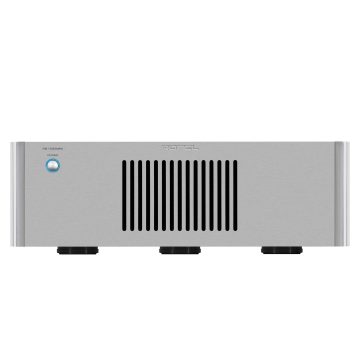

Reviews
There are no reviews yet.